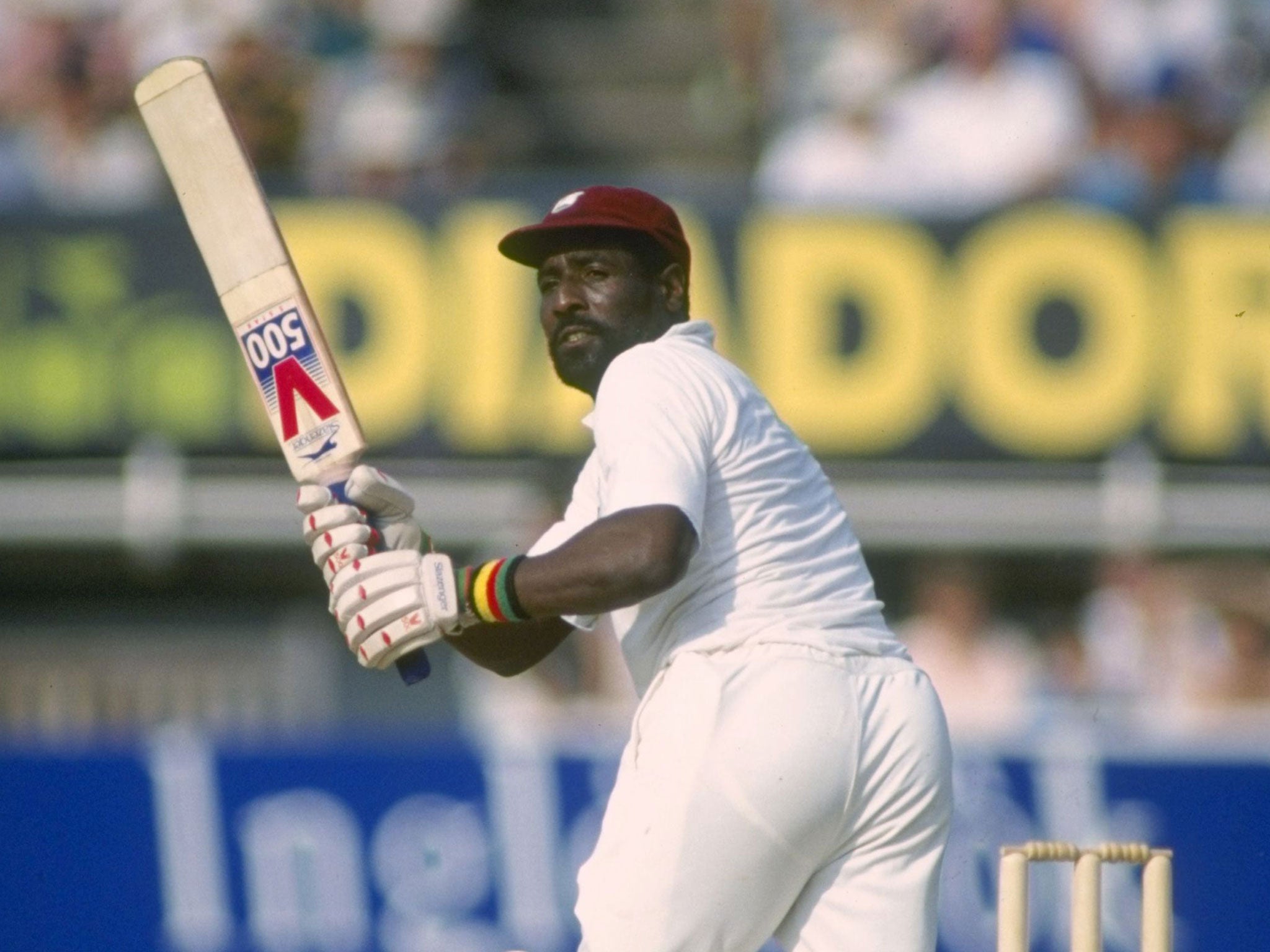Cricket books round-up: Stories from the quintessential summer game
From John Lazenby's The Strangers Who Came Home to Simon Lister's Fire in Babylon

Australian pace bowlers have long haunted our collective nightmares, Fred 'The Demon' Spofforth putting the frighteners on English batsmen over a century before Mitchell Johnson gurgled his first 'owzat'.
As John Lazenby explains in The Strangers Who Came Home (Bloomsbury, £18.99), an excellent, bustling account of the first Australian XI to tour England, in 1878, the cricketing public weren't so much shocked by the famous ten wickets for 21 runs the Sydney bank-clerk took against the MCC at Lords that year, as by the manner in which they were taken. One contemporary described facing Spofforth, whose weasel-ish aspect makes him look, photographed in cricket whites, like a villain from The Wind in the Willows, as akin to standing, "on the brink of the tomb". For W.G. Grace, his bowling was simply, "terrifically fast". Lazenby's eye for a telling source succeeds in creating a vivid impression, not only of these personalities and the forbidding logistics of touring at a time when your itinerary might be held hostage by train robbers, but of the way a shared sporting heritage helped to mould Australian national identity.
By contrast, Neil Robinson's Long Shot Summer (Amberley, £14.99), which recounts the 1988 Test series that saw England go through four different captains in the process of being beaten at home by the West Indies, gets lost, rather, in the rolled grass. The MCC's librarian, Robinson recreates the matches themselves with compelling precision, but in doing so neglects his overarching argument, that the inconsistency which saw 28 different players selected over the course of that summer destabilised English cricket for a generation. In particular, too little time is spent analysing the conservatism of the England hierarchy; the possibility, for instance, that the appointment of their third captain, Chris Cowdrey, might have owed something to his godfather, Peter May, being chairman of selectors, is dismissed with the observation that "the pair had not met frequently in recent years," and, apparently, a straight face.
A more culpable indifference to the broader context is displayed in Robinson's sympathetic treatment of those English players who embarked on a rebel tour to apartheid South Africa the next year. We are told that for John Emburey, his age and the generous terms on offer made the decision a "simple one". It ought not to have been, and Robinson ought to say as much.
Simon Lister's Fire in Babylon (Yellow Jersey, £18.99), which, inspired by the 2011 film of that name, charts the dominance of the West Indies team from the 1970s to the 1990s, makes no such mistake. Lister's presiding spirit being CLR James, and his now hackneyed question, "what do they know of cricket who only cricket know?", he is most persuasive when establishing the team's political significance, how their "fine play allowed their people to stop apologising for being West Indian". He might, though, have dwelt a little more in those moments of sporting drama on which that significance hinged, his analysis of the relative merits of the team's fast bowling attack showing him as perceptive a judge of technique as he is a cultural historian.
Viv Richards, a batsman who played best when the stakes were highest, probably did seem to "represent the West Indies more potently" than anyone else; still, it would be nice to read how he deployed the trademark flip through mid-wicket Lister describes, in one of these do or die situations. Before he was a symbol, Richards was what James called, "a super master batsman", and if he wasn't the second of those two things, then he could never have been the first.'
Join our commenting forum
Join thought-provoking conversations, follow other Independent readers and see their replies
Comments